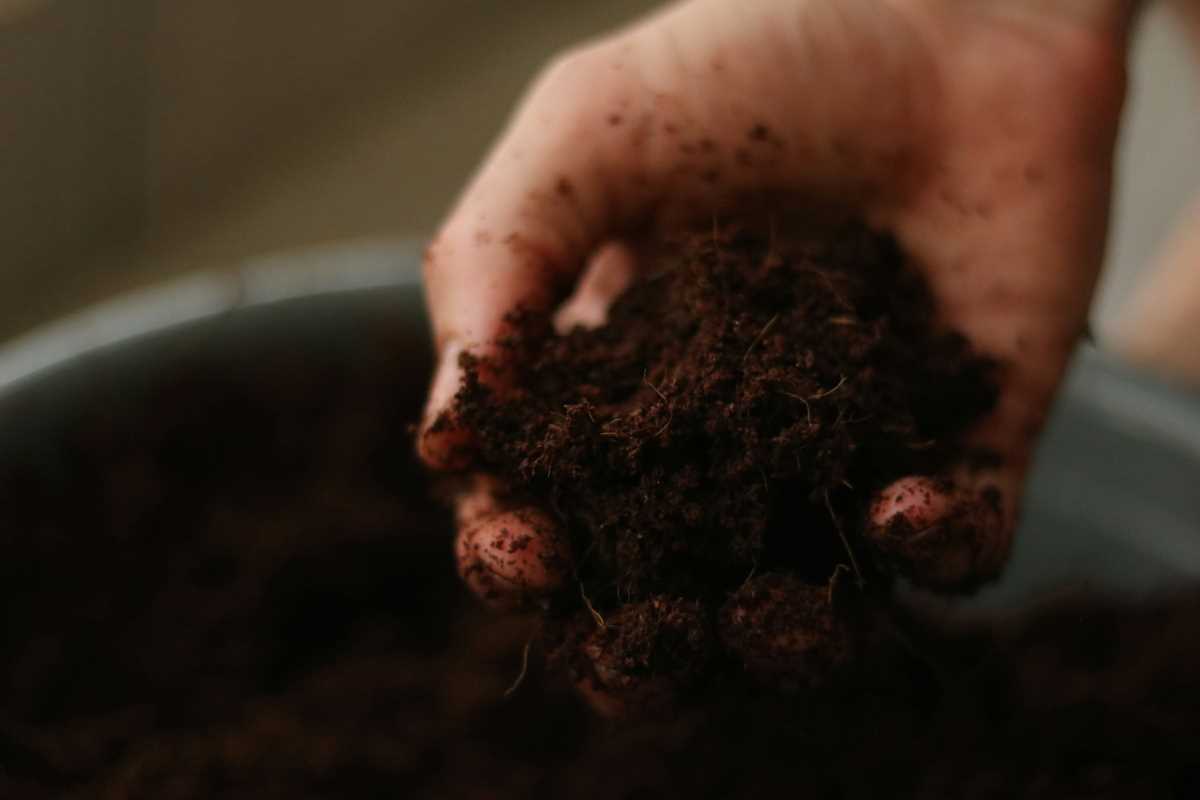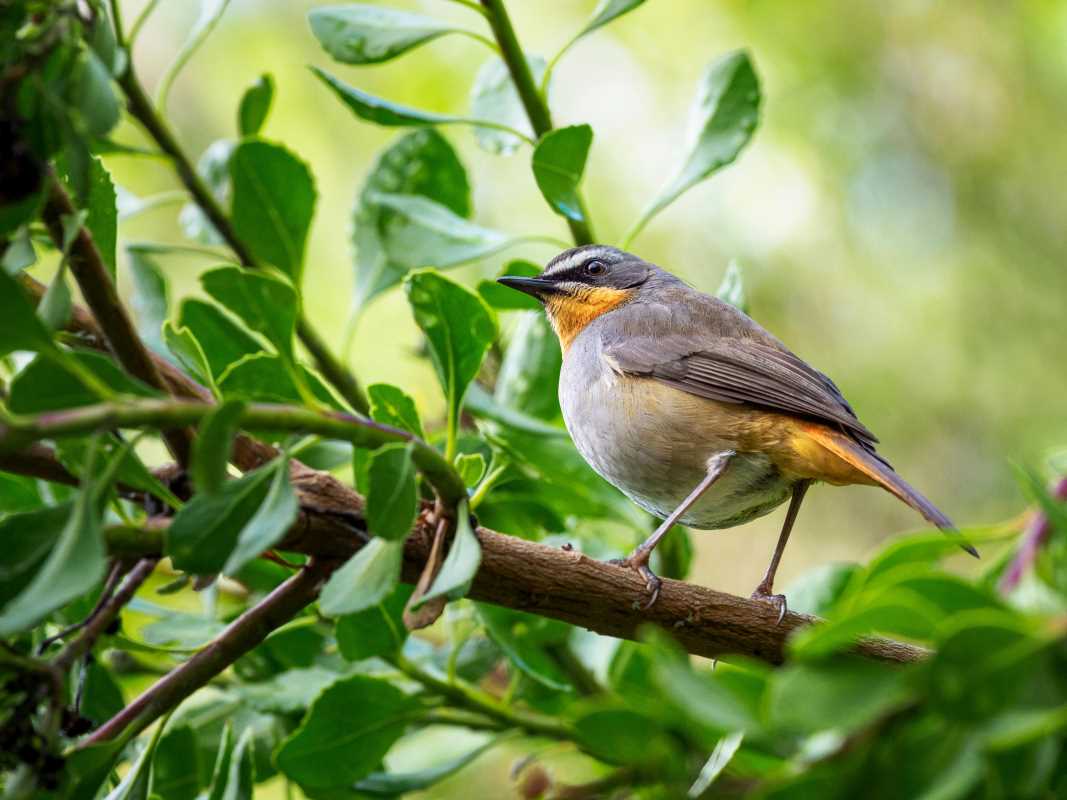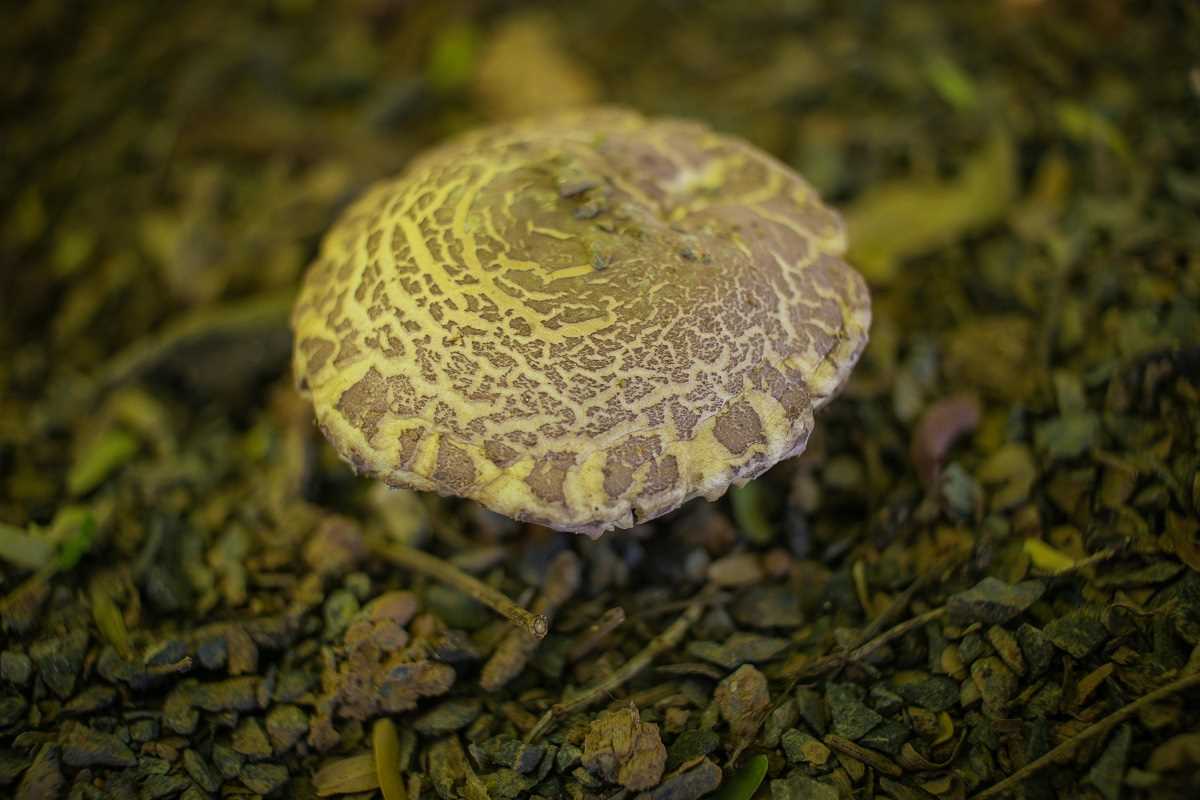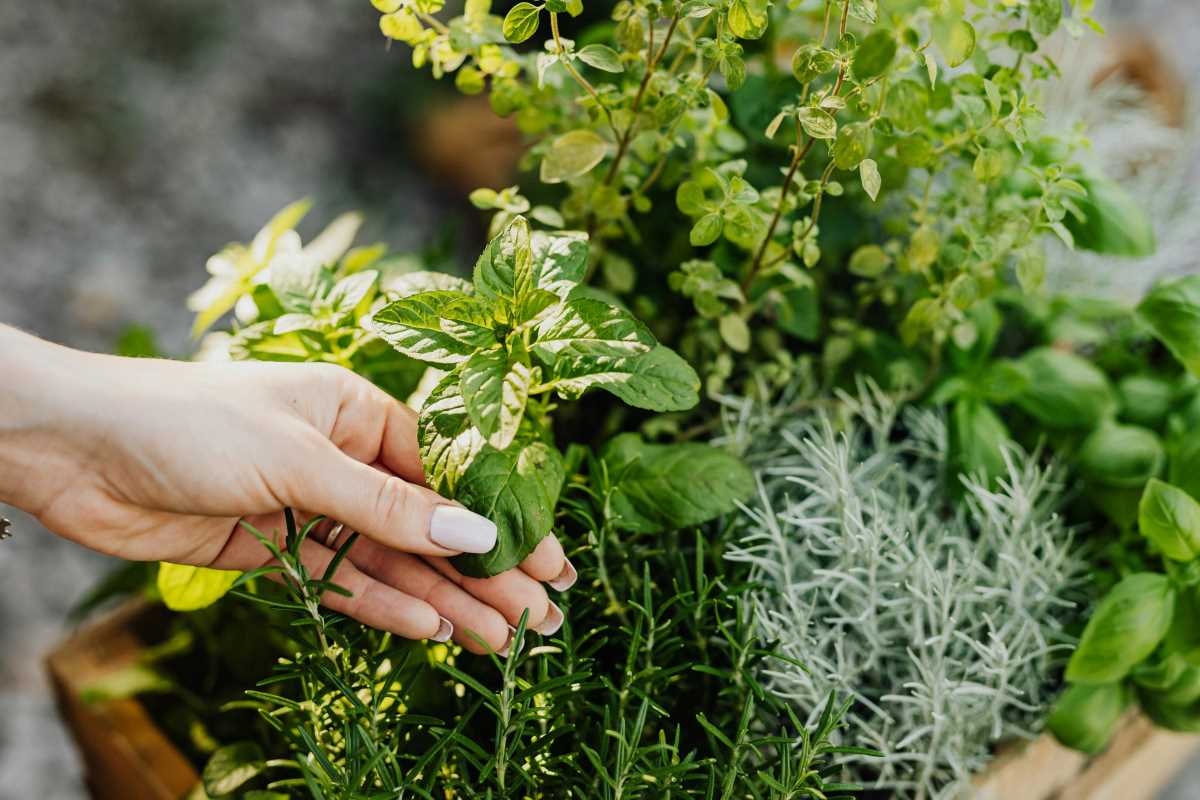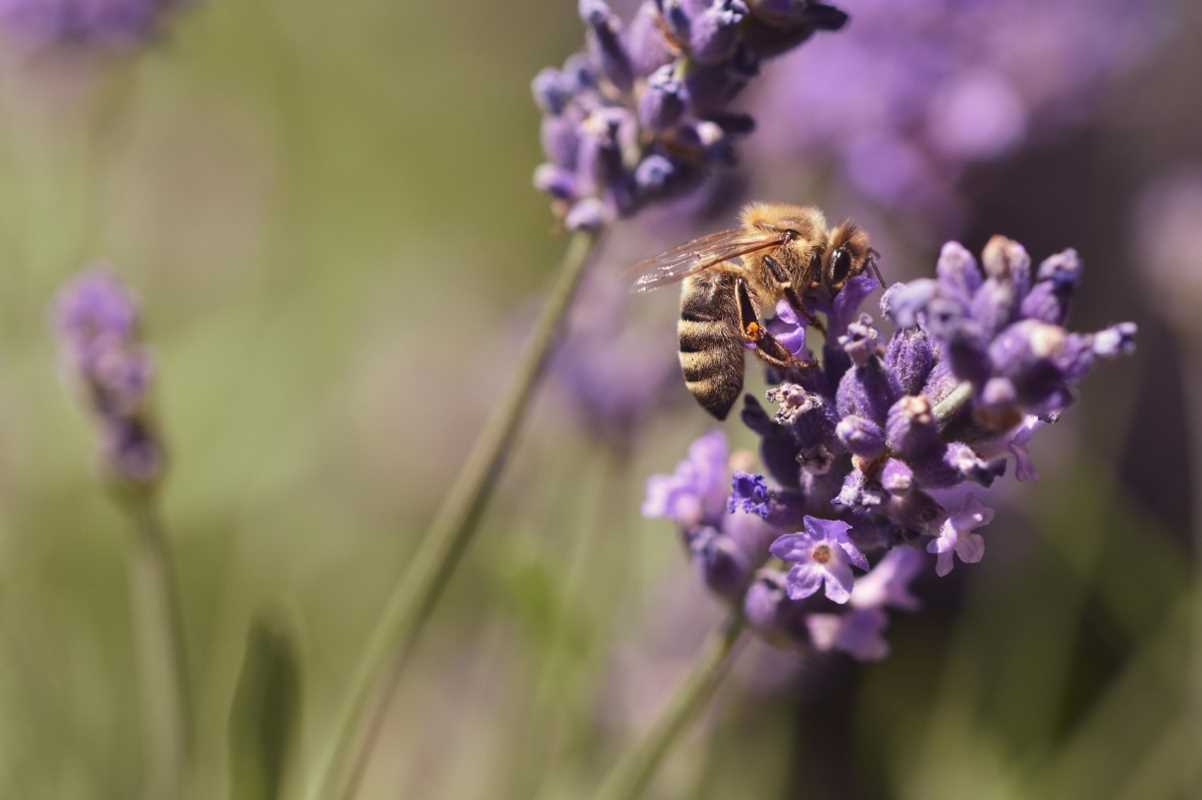Growing your own fruits and vegetables is one of the simplest ways to enjoy fresher, healthier, and more sustainable food. The best part? You don’t need to be an expert gardener to get started! Some fruits and veggies are incredibly beginner-friendly, requiring minimal care while delivering a rewarding harvest season after season.
Whether you have a spacious yard or a small raised bed, this guide will highlight the easiest fruits and vegetables to grow at home. Plus, you’ll get tips on planting, care, and harvesting to ensure your garden thrives no matter your experience level.
Why Start Growing Your Own Food?
Homegrown produce combines convenience and flavor with multiple other advantages.
Benefits of Home Gardening
- Healthier Produce: Freshly picked fruits and veggies retain the most nutrients, free from preservatives used in store-bought options.
- Cost Savings: Growing your own food reduces grocery costs, especially as prices for fresh produce continue to climb.
- Eco-Friendly: Reducing reliance on store-bought produce decreases transportation emissions and packaging waste.
- Therapeutic: Gardening is a relaxing, rewarding activity that brings you closer to nature.
If you’re new to gardening, choosing easy-to-grow plants makes success reachable right from the start.
Beginner-Friendly Vegetables
1. Lettuce
- Why It’s Easy: Lettuce grows quickly, doesn’t require much space, and thrives in cooler temperatures.
- Planting Tips: Sow seeds directly into the soil in early spring or fall. Provide partial shade during hotter months.
- Care: Keep the soil consistently moist and thin the seedlings to ensure plenty of room to grow.
- Harvest: Start picking individual leaves as soon as they’re big enough or harvest the whole head after 4–6 weeks.
2. Tomatoes
- Why It’s Easy: With a bit of sunlight and water, tomatoes are prolific producers. They’re perfect for gardens or containers.
- Planting Tips: Start seedlings indoors about 6 weeks before spring’s last frost, then transplant them to sunny outdoor spots.
- Care: Stake or cage your plants for support, and water deeply to prevent cracking. Feed with compost or a balanced fertilizer every few weeks.
- Harvest: Pick when the fruit is firm but fully colored, usually 60–80 days after planting.
3. Zucchini and Summer Squash
- Why It’s Easy: Zucchini plants grow like wildfire, producing enough squash to keep your kitchen stocked for weeks.
- Planting Tips: Sow seeds directly into the soil after the last frost. Choose a sunny spot with room for the vines to spread.
- Care: Water regularly and harvest zucchini frequently to encourage consistent production.
- Harvest: Pick when the zucchini is about 6–8 inches long for the best flavor.
4. Radishes
- Why It’s Easy: Radishes are one of the fastest-growing vegetables, often ready to harvest within 3–4 weeks.
- Planting Tips: Sow seeds directly into the soil in early spring or fall. Thin seedlings to prevent overcrowding.
- Care: Keep the soil moist but not waterlogged.
- Harvest: Pull up radishes as soon as they’re about the size of a marble to prevent them from becoming woody.
5. Carrots
- Why It’s Easy: Carrots thrive in most soils and are a great option for cooler seasons.
- Planting Tips: Sow seeds directly into loose soil, free from rocks or debris that could cause deformities. Plant in full sun or partial shade.
- Care: Water deeply but infrequently and thin seedlings early for straight, healthy carrots.
- Harvest: Harvest when the tops of the carrots are visible above the soil and the diameter matches the variety’s typical size.
Beginner-Friendly Fruits
1. Strawberries
- Why It’s Easy: Strawberries are hardy, self-pollinating plants that thrive in garden beds or containers.
- Planting Tips: Choose bare-root or potted strawberry plants. Space them 12–18 inches apart in rich, well-drained soil.
- Care: Water regularly and cover with mulch to retain moisture. Remove runners if you want to focus on fruit production.
- Harvest: Pick berries when they are fully red and easily release from the stem.
2. Blueberries
- Why It’s Easy: Blueberries are surprisingly low-maintenance if planted in the right conditions.
- Planting Tips: Blueberries require acidic soil (pH 4.5–5.5). Consider a soil test before planting and amend as necessary. Plant at least two varieties for cross-pollination.
- Care: Water consistently and mulch with pine bark to retain acidity. Prune annually to encourage strong growth.
- Harvest: Pick berries when they are plump, blue, and easily fall off the plant.
3. Raspberries
- Why It’s Easy: Raspberries are perennial plants, meaning they return year after year with minimal care.
- Planting Tips: Plant canes in early spring in rich, well-drained soil with full sun. Space plants about 2–3 feet apart.
- Care: Provide support with a trellis to keep the canes upright. Prune dead or weak canes yearly.
- Harvest: Pick raspberries when they are deep red and ready to slip off the stems.
4. Cucumbers
- Why It’s Easy: Cucumbers grow rapidly, producing an abundance of fruits in a short timeframe.
- Planting Tips: Sow seeds directly into sunny garden beds once warm weather arrives. Provide a trellis if growing vining varieties.
- Care: Water consistently to avoid bitterness, and fertilize every couple of weeks for optimal growth.
- Harvest: Pick cucumbers when they are firm but not overgrown to prevent tough skins and seeds.
5. Blackberries
- Why It’s Easy: Blackberries thrive with little effort and produce fruit for weeks during the growing season.
- Planting Tips: Plant thornless cultivars in well-drained soil with full sunlight. Space bushes at least 3–4 feet apart.
- Care: Mulch the base to retain moisture and prevent weeds. Prune canes annually to increase next year’s yields.
- Harvest: Pick berries when they are plump and fully darkened for the best sweetness.
General Tips for Successful Growing
To help ensure a thriving backyard garden, keep these beginner-friendly tips in mind as you get started.
1. Start Small
If you’re new to gardening, focus on just a few plants in an easy-to-manage space. This keeps the experience fun and manageable.
2. Choose the Right Spot
Most fruits and vegetables need at least 6–8 hours of sunlight per day. Make sure your garden area is well-lit and well-drained.
3. Test and Prepare Soil
Healthy soil is critical for plant growth. Test your soil’s pH and fertility, then amend with compost or organic fertilizers as needed.
4. Water Wisely
Deep, consistent watering encourages robust roots, but avoid overly wet conditions. Mulching can help your soil retain moisture.
5. Stay on Top of Pests
Keep an eye out for common pests. Organic methods like companion planting and natural predators can help keep your garden pest-free.
6. Enjoy the Journey
Gardening is about more than just the harvest. Take time to connect with nature, watch plants grow, and enjoy the process.
Harvest the Rewards of Your Home Garden
Growing your own fruits and vegetables doesn’t have to be intimidating. By starting with beginner-friendly options like lettuce, zucchini, strawberries, and tomatoes, you’ll see quick, rewarding results that boost your confidence and encourage more gardening adventures in the future.
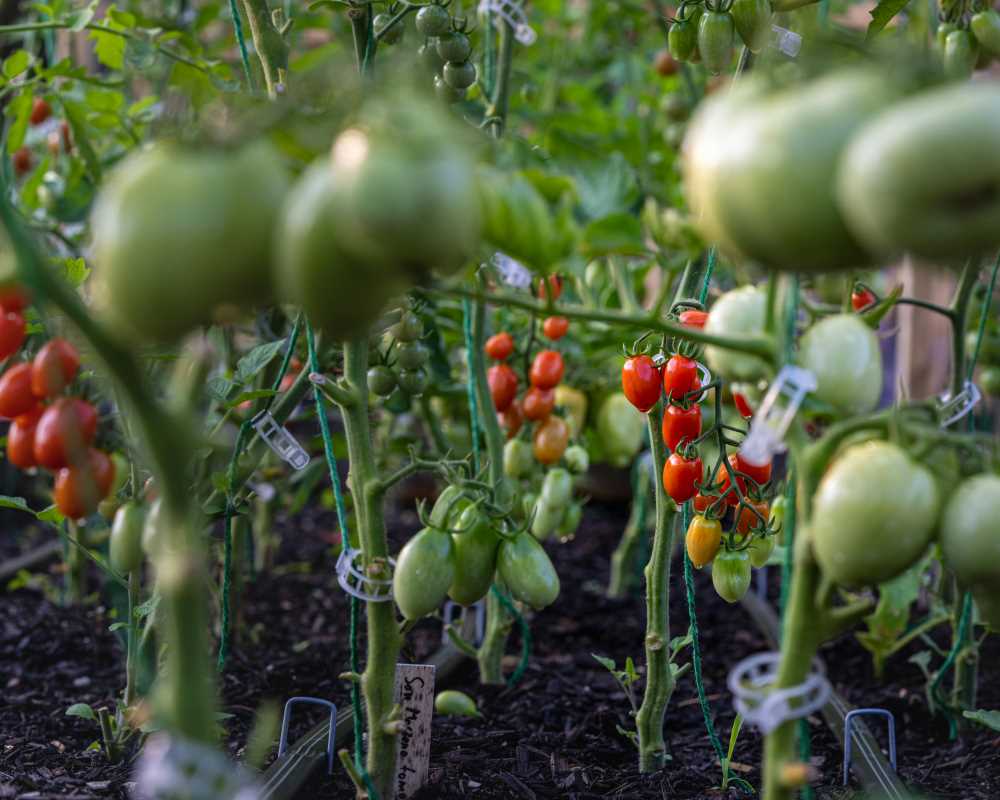 (Image via
(Image via